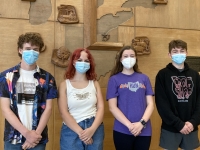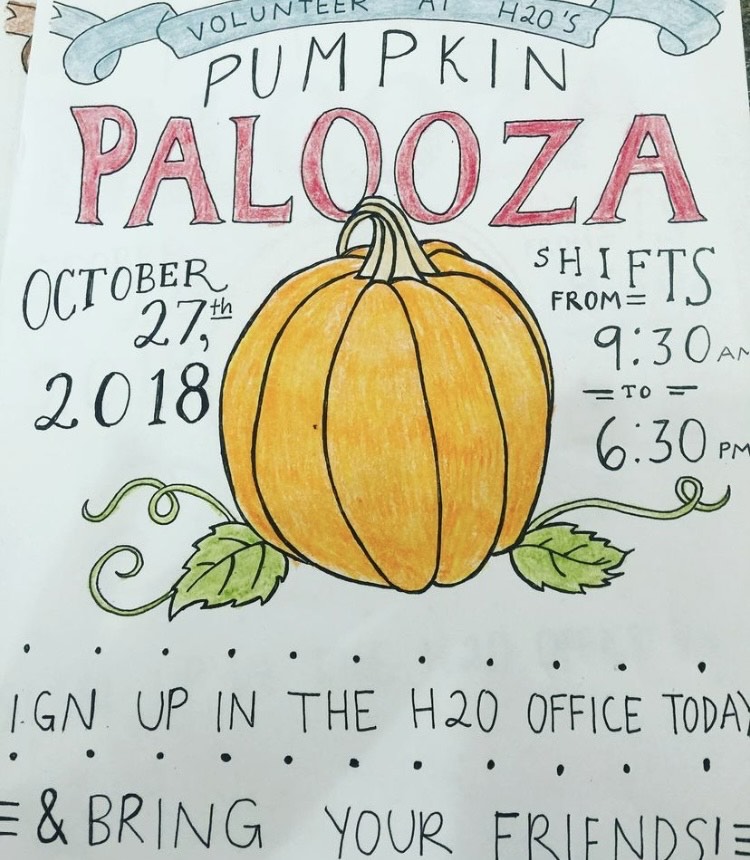Yellowstone National Park shares states with Wyoming, Idaho, and Montana. It was the first national park in the country, established in 1872 by President Ulysses S. Grant. The park is known for its geysers, wildlife, and overall scenery. The park takes up an area of 3,486.4 square miles, all containing mountains, waterfalls, rivers, and canyons. Part of this area includes the famous Yellowstone Caldera, a supervolcano with rough measurements of 34 by 45 miles.
The Yellowstone Caldera is known not only for its beauty, but also for its history, and what will happen in the future. The caldera was formed through the past eruptions like the Huckleberry Ridge eruption 2.1 million years ago. The most recent eruption was the Lava Creek eruption about 640,000 years ago, which shot about 240 cubic miles of dust, volcanic ash, and rocks into the sky.
Although scientist estimate that the caldera should erupt every 600,000-700,000 years, the most recent eruption took place about 640,000 years ago, that eruption being the Lava Creek eruption. Recently, the supervolcano has been ranked as a “high threat” by the U.S. Geological Survey. That does not mean that it’s about to erupt, though.
“It sucks that nothing can be done to stop it from erupting,” said Junior Isaac Ferrato, “if there’s nothing that can be done though, why should our generation worry about it?”
The USGS looks at factors including nearby population sizes. They try to predict how bad the eruptions could be. The list doesn’t rank how bad they will be. Currently, the Yellowstone Caldera is ranked number 21 on the list, which is the same ranking it had in the last survey back in 2005.
According to the USGS, the odds of the supervolcano erupting within a year are 1 in 730,000, basically meaning that it’s not likely for it to erupt in the next few hundred years. However, it is likely for it to erupt in the next few thousand years.



![{source:other,uid:CAE9154F-0F5B-4BBF-8FB5-B8FB74BBCB27_1633101105193,origin:gallery,fte_sources:[],used_sources:{version:1,sources:[]},premium_sources:[],is_remix:false}](https://lakewoodtimes.net/wp-content/uploads/2021/10/E5C07CA4-47B8-42B5-BA21-891638E46484.jpeg)



















